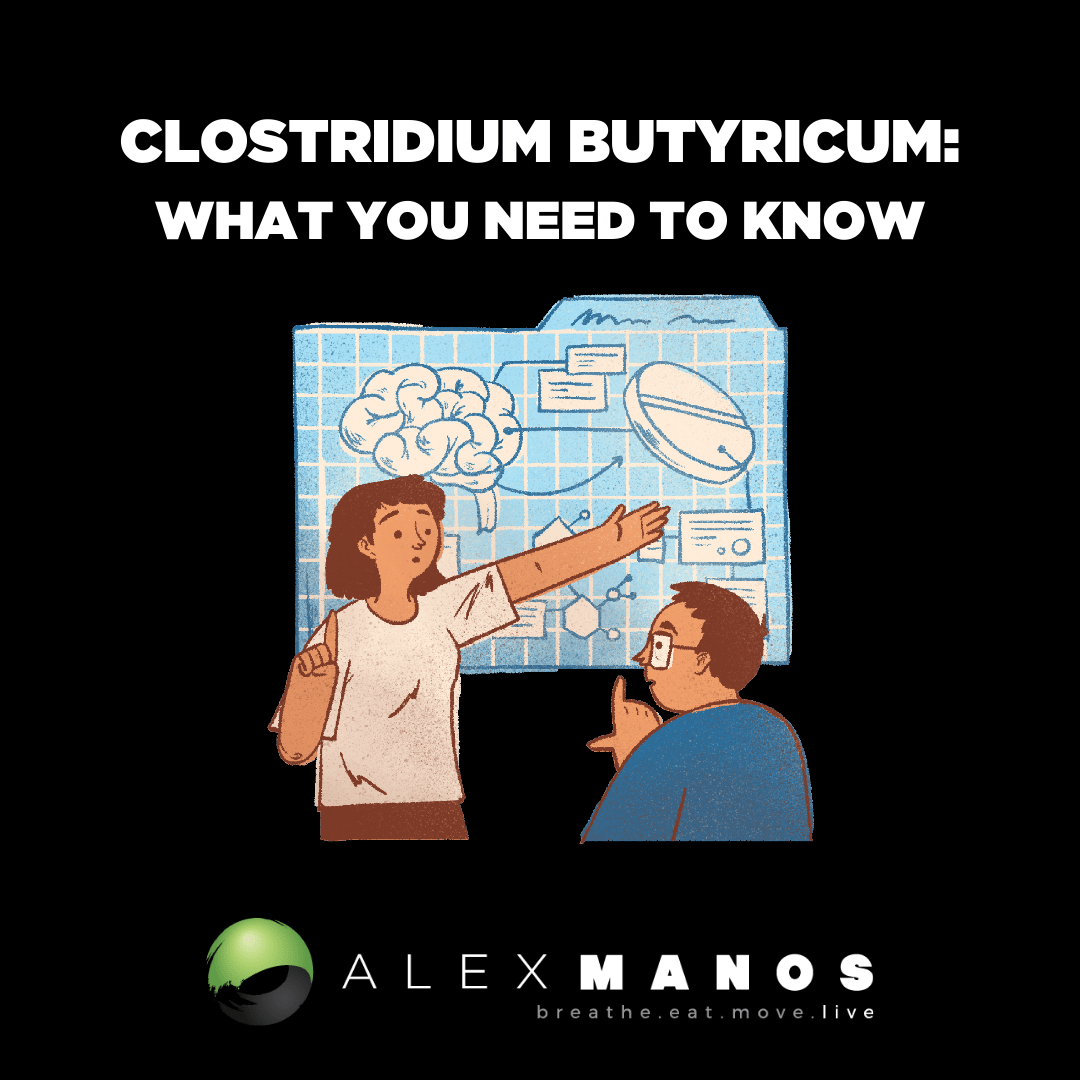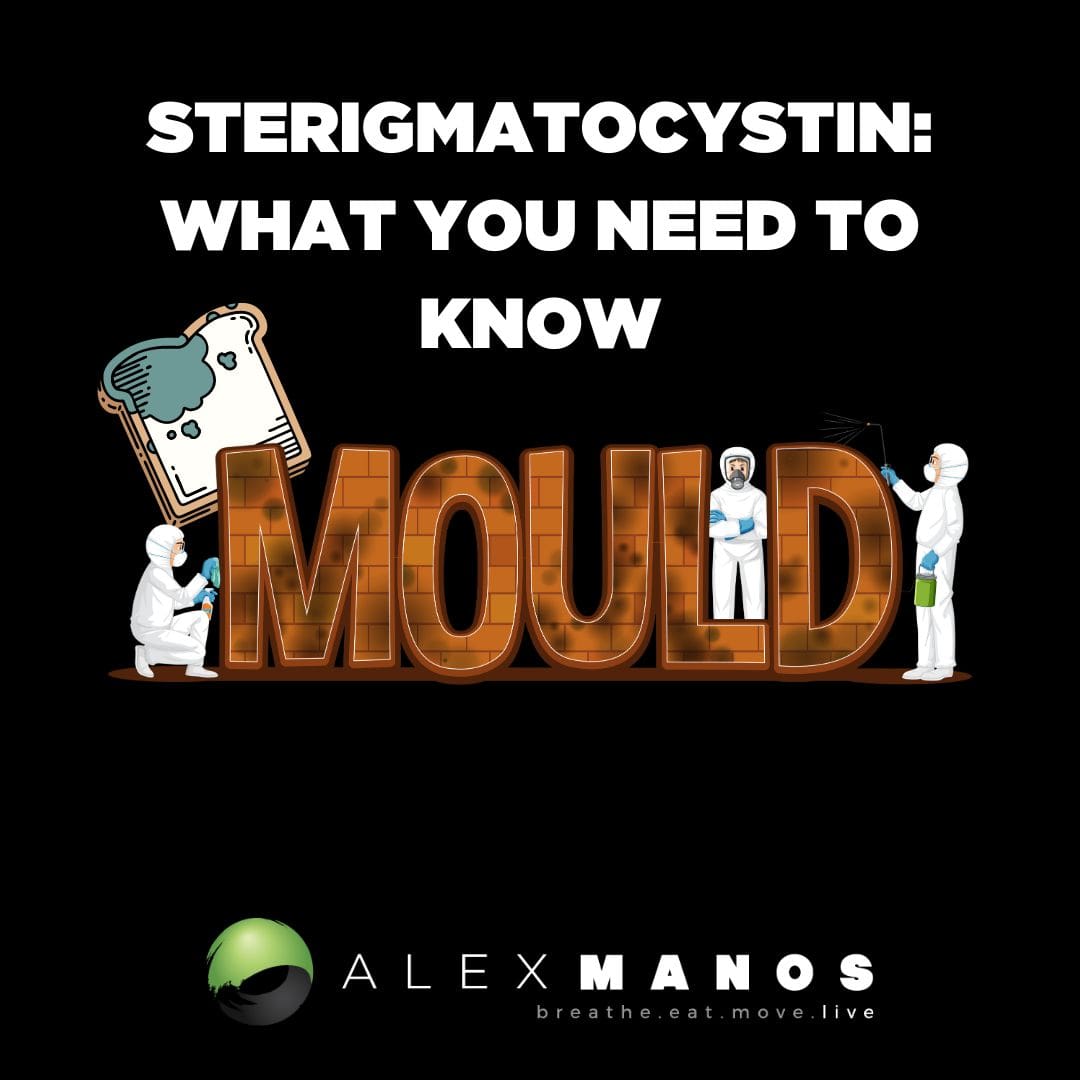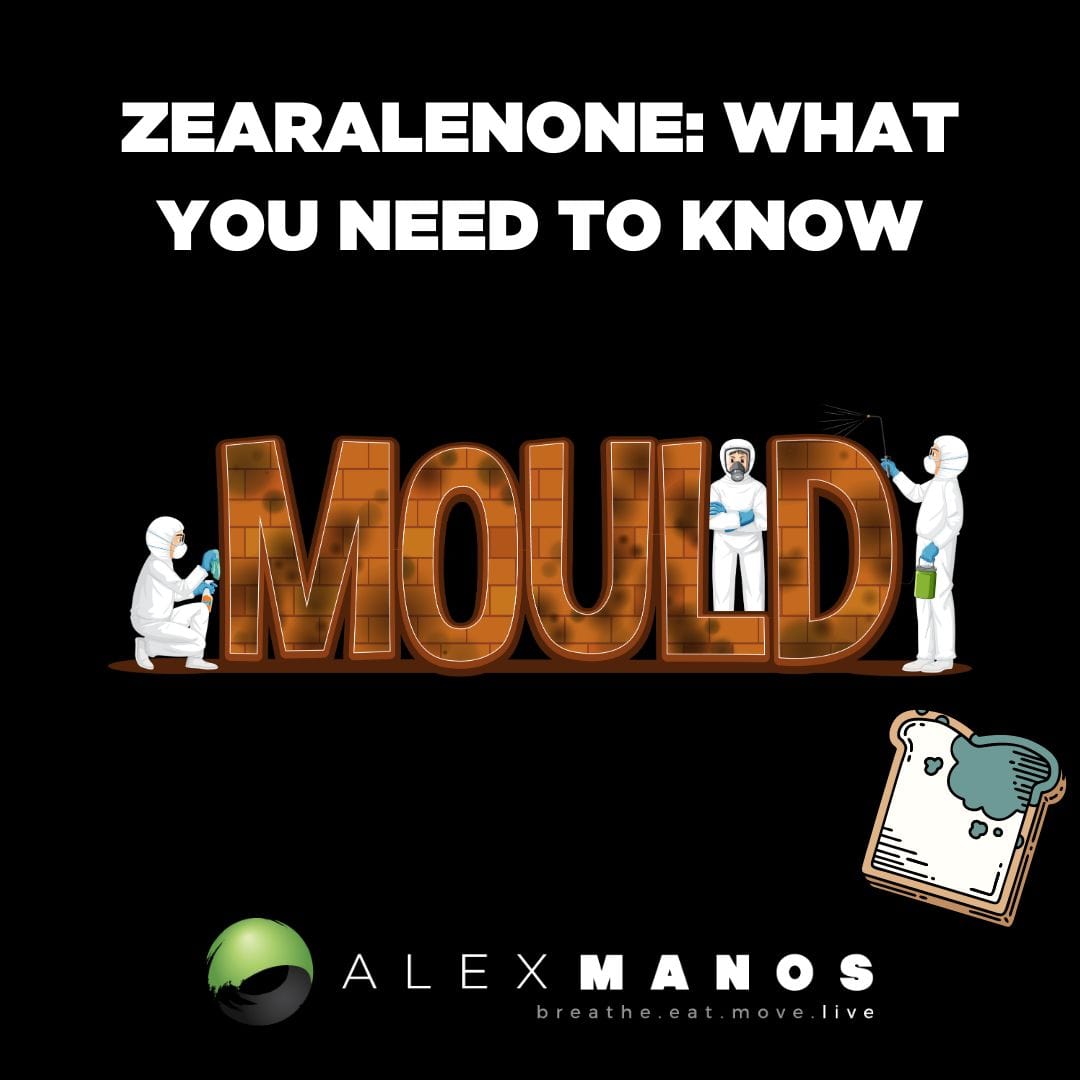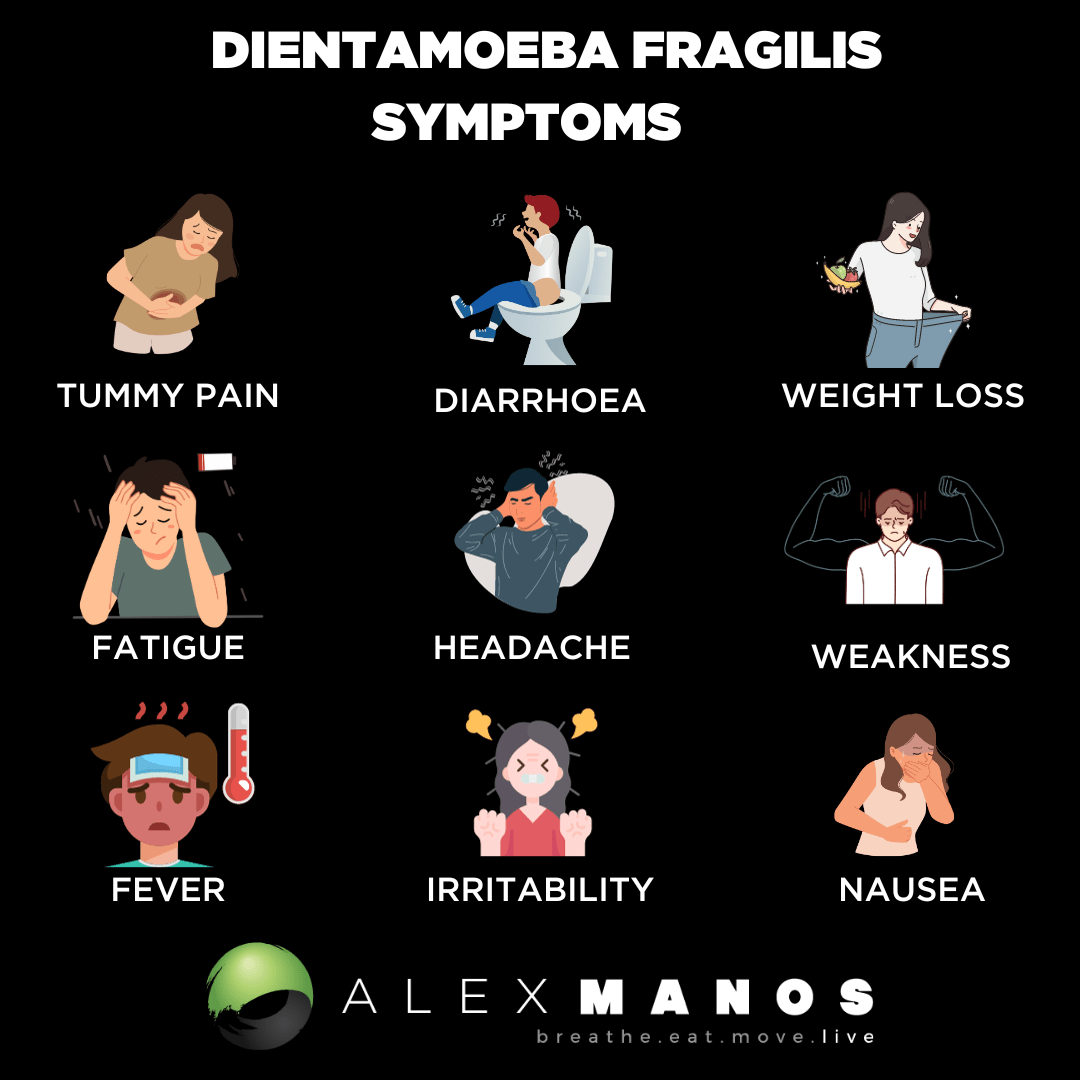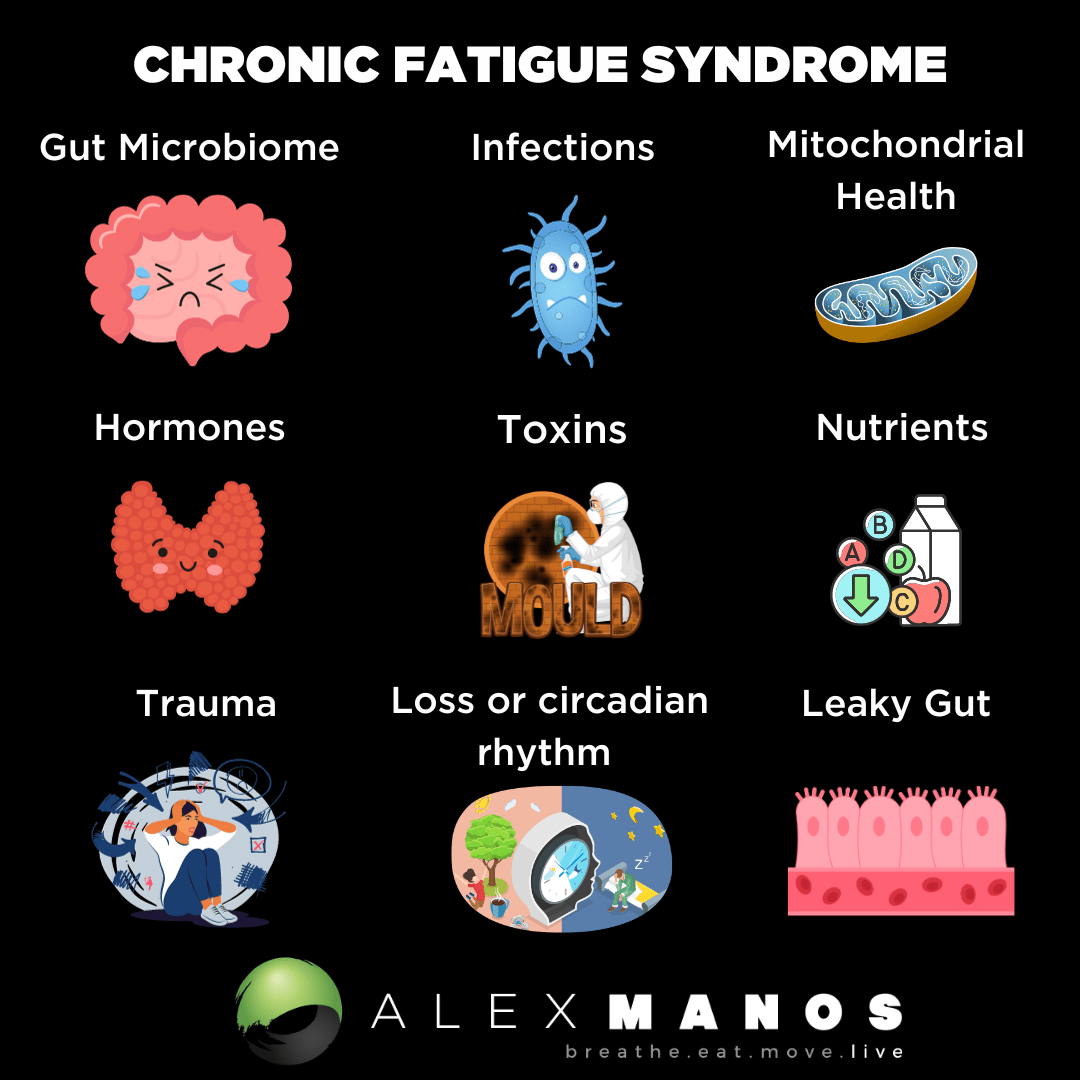Welcome to my blog on Clostridium butyricum. What Is Clostridium butyricum? C. butyricumShorten with AIShorten with AI, a butyrate-producing, spore-forming anaerobic bacterium, is found in a wide variety of environments, including soil, cultured milk products, and vegetables. It is also present in the human gut: it is detected in 10–20% of the adult human population
Continue reading »Sterigmatocystin: What You Need To Know (2024)
Welcome to my blog Sterigmatocystin: What You Need To Know. Sterigmatocystin Sterigmatocystin (STE) is a wide spread mycotoxin produced by Aspergillus fungi, with hepatotoxic and carcinogenetic proprieties. Other species such as Bipolaris, Chaetomium, Emiricella are also able to produce STE. (source) Mycotoxins (from the Greek words “mykes”: fungus and “toxicum”: poison) which mean fungus and
Continue reading »Zearalenone: What You Need To Know
Welcome to my blog ‘Zearalenone: What You Need To Know’. You may also like to read my blog, Mould Illness: A UK Functional Medicine Approach. What Is Zearalenone? Zearalenone (ZEA), also known as F-2 toxin, is a mycotoxin produced by fungi of the genus Fusarium, widely exists in animal feed and human food. The structure
Continue reading »What Are The Best Probiotics?
What Are The Best Probiotics? In this blog I highlight evidence-based recommendations for specific probiotics that have been shown to be helpful in specific health conditions. Do Probiotics Work? To answer this requires a little more context as there are SO many variables that will influence whether a study shows benefit in supplementing a probiotic
Continue reading »Earthing The Most Important Health Discovery Ever
Welcome to my blog post ‘Earthing The Most Important Health Discovery Ever?’. You may also be interested in the section of my blog dedicated to biohacking, click here, in particular: What Are The Health Benefits Of Cold Exposure Psychobiotics: Probiotics For Mood And Mental Health Optimise Health With Sauna Therapy At Home “There is something
Continue reading »Prostate Cancer: Everything You Need To Know
This blog is only partly written, I will be editing it and expanding upon it over the coming weeks but I wanted to publish a ‘first draft’ as soon as I could my dad was recently diagnosed with prostate cancer. So this one’s for you dad. According to Prostate Cancer UK, 144 men every day
Continue reading »Soil And Human Health
Soil And Human Health From early childhood, we are in contact with soil; we taste it, inhale it, and we drink water which has passed through it. We eat plants grown on and in it, and eat animals who have done the same. But our relationship with soil is an ancient one. Our ancestors, who
Continue reading »Dientamoeba Fragilis: What You Need To Know
What Is Dientamoeba Fragilis? Dientamoeba fragilis is one of the most common protozoan (single cell) parasite of the human intestine. It has a prevalence ranging from 0 to 82%, depending on the region, the population, and the detection methods used. (source) Many people with D. fragilis also carry other parasites, and it’s often found alongside
Continue reading »Chronic Fatigue Syndrome: A Functional Medicine Approach
Chronic Fatigue Syndrome (CFS) is a multi-factorial condition that requires a holistic and thorough approach to treatment. I did my MSc dissertation on cortisol resistance in chronic fatigue syndrome so I have spent considerable amounts of time in the research. What Are The Symptoms Of Chronic Fatigue Syndrome? Typical symptoms include post-exertional fatigue, memory or
Continue reading »Methane SIBO And Constipation: Updated 2023
Many of us are now very familiar with the role bacteria play in our digestive, and systemic, health, but not as many are likely familiar with the role of archaea. These little guys are responsible for the term methane SIBO, and constipation is a common side effect. What Are Archaea? It has been estimated that
Continue reading »
